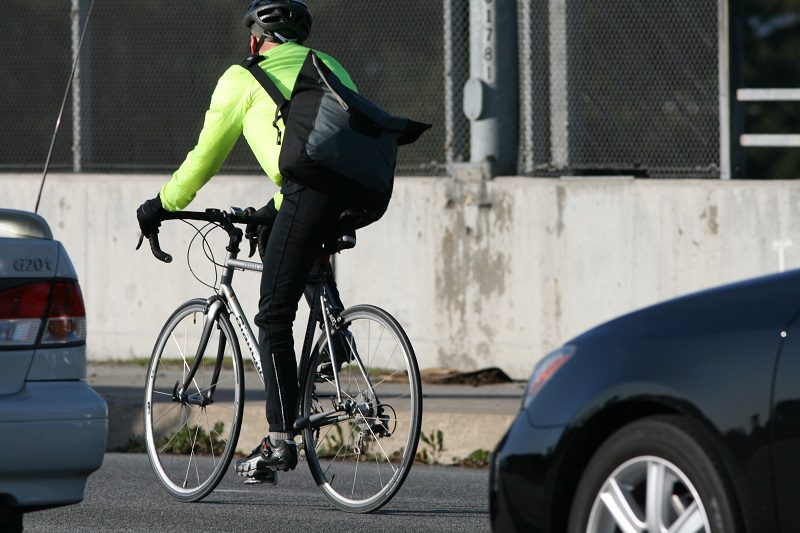Commuter Workouts: Use the ride to work or school to become a stronger cyclist
With busy life and work schedules, restricted training and riding time is a fact of life for most cyclists. If we are lucky, we can fit in a long ride or group ride on the weekends. But for the workweek, what are some options?

by Stephen Cheung

With busy life and work schedules, restricted training and riding time is a fact of life for most cyclists. If we are lucky, we can fit in a long ride or group ride on the weekends. But for the workweek, what are some options?
One would be getting up very early for a ride before getting changed and hitting the commute for work. If you live in the city, you’ll find less traffic at this time, but, for much year, these rides will be in the dark. Another possibility is the trainer. While it is great for focused workouts, here in Canada we see enough of that machine during the long winters, so the fun factor becomes less than zero.
The best option may be to use your commute both for training and for getting to work, especially if it is otherwise wasted time stuck in traffic listening to mindless radio. Even more so if it is the difference between some bike time and none at all.
Your type of commute might dictate what you can get trainingwise. If you live a fair distance from work, the ride can be a way to add substantial volume. I was 27 km away from campus during my undergraduate career, and it meant two hours daily of endurance riding that I otherwise would have had no time at all for.
If you live close to work, try to extend your ride. A 30-minute, one-way commute is probably the minimum for getting in any constructive training.
Commuting Workouts
Stomps: If you live in an urban area, it is crazy and dangerous to sprint through traffic lights or stop signs. Instead, mix in five to six efforts by leaving an intersection from a low speed or complete stop in a big gear. Stay seated and stomp hard for 10 to 20 pedal strokes. Work on tightening your core and keeping your body stable while driving with your legs. Stomps are great for building strength on the bike. Keep your head up and eyes open.
High-intensity intervals: If you live in a hilly area, use the hills as interval sites. Rather than get hung up on perfectly timed intervals and recovery, just go as hard as possible up the hills and spin very easily elsewhere. My nine years living in Halifax with a young family and no noncommuting time to ride, I used these efforts exclusively as my training. Scientific research initiated in the mid-2000s at McMaster University demonstrates that such a lowvolume, maximal-intensity style of training can improve fitness as effectively as a high volume of endurance rides.
Sprinting: If you live in a rural area with minimal traffic or traffic lights, you can do specific sprint training. Do five to six sprints of 100–150 m from a slow speed in the small chainring and about the middle of the cassette, shifting up two cogs over the sprint. The aim is to work on building explosive leg speed rather than pure force. Stand up during the whole sprint and keep good sprinting form. This means throwing the bike side to side in a strong but co-ordinated manner. When commuting, focus on getting the maximum quality from minimal time, and get your endurance fix on other rides. But above all, keep your head up, eyes open and never sacrifice safety in traffic.
